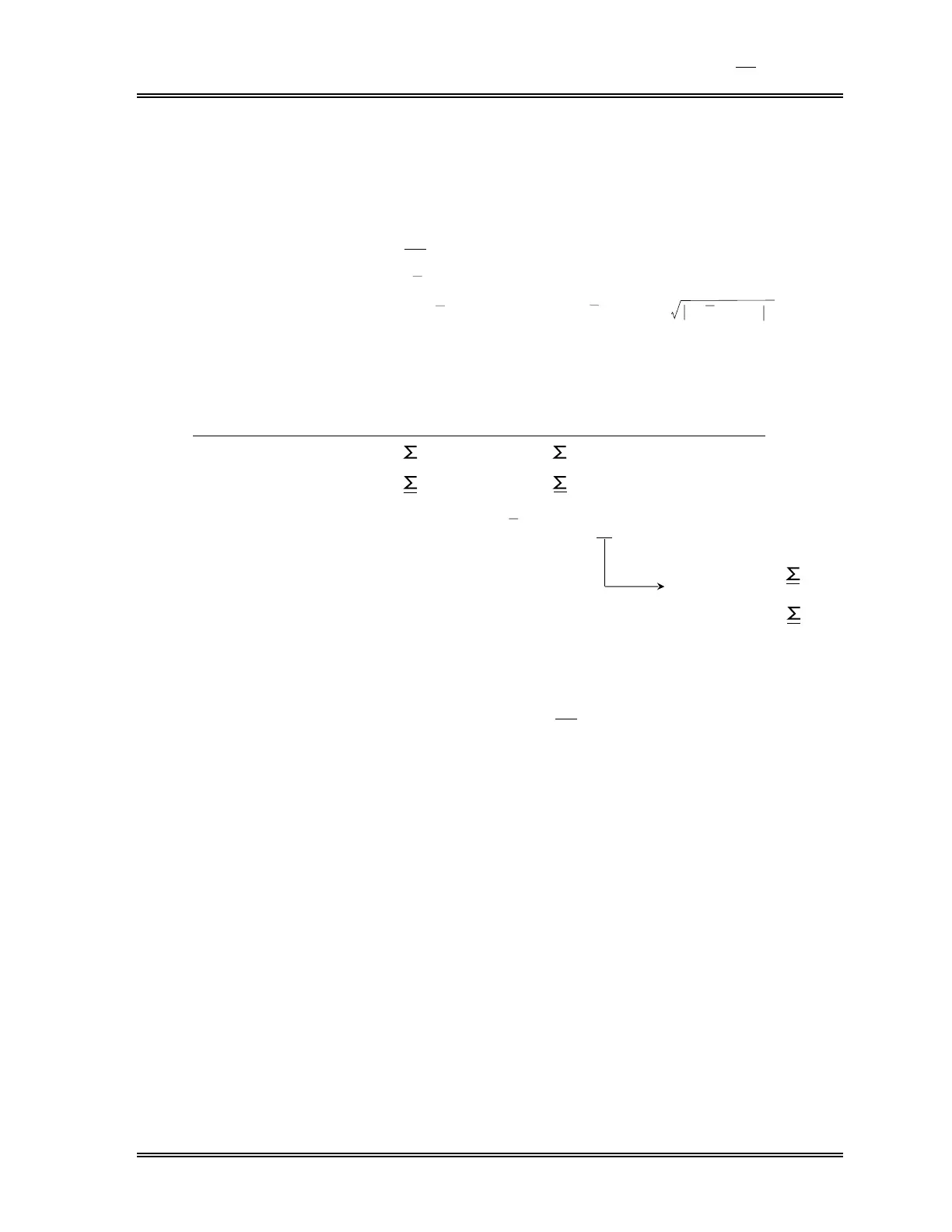QUALITY CONTROL, QC Methods/Application, X M Control
Sysmex SF-3000 Operator's Manual -- Revised September 1995 6-49
• Trimming
Trimming consists of reducing the effect on the overall average of analysis data that
diverges greatly from the estimated average. The greater the divergence of the data, the
larger the trimming is made. Here is an example of trimming performed on a batch of 5
samples.
Previous MCV batch average X M (i-1) = 90.
Sample 5 8 8 - 2 - 1. 4 1
Sample 4 9 5 5 2. 2 4
Sample 3 5 4 - 3 6 - 6. 0 0
Sample 2 8 4 - 6 - 2. 4 5
Sample 1 9 2 2 1. 4 1
Current Batch Xj Xj-XM (i-1) SGN (Xj-XM (i-1) ) Xj-XM (i-1)
N = 5 = - 3 7 = - 6. 2 1
X = 9 0 - 7. 4 0 = 8 2. 6 0
XM ( i ) = 9 0 - ( - 1. 2 4 ) = 8 8. 4 6
2
Previous MCV batch average XM (i - 1) = 90.
= - 7. 4 0
N
= - 1. 2 4
N
< 0
N
Negative when
Positive when
0
N
>
=
Figure 6-41: Equation (2)
Sample 3, which has an abnormal value, will greatly affect the arithmetic mean, but
trimming rectifies this and minimizes the effect on X M (i).
• Smoothing
The smoothing technique uses data from the previous batch to reduce individual data
point fluctuations in the current batch. Here is an example of smoothing performed on a
batch of 5 samples:
